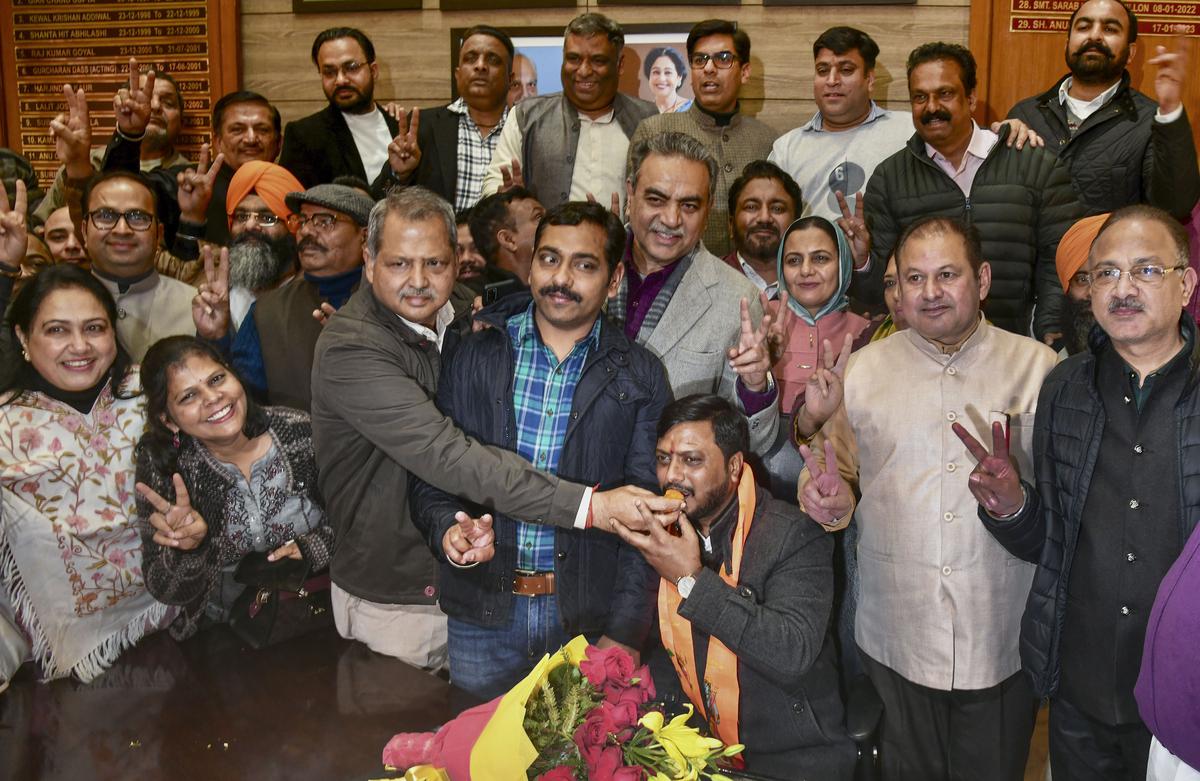Bhakra Dam Dispute: 8 Haryana Districts Face Worst-Ever Drinking Water Crisis
Chandigarh: A fresh crisis is brewing between the neighboring states of Punjab and Haryana, as Punjab has declined to release additional water from the Bhakra Dam, plunging eight districts in Haryana into a severe drinking water shortage. The situation has turned alarming, with officials warning of a full-blown water emergency if the deadlock continues.
According to a confidential report by Haryana’s Public Health Engineering (PHE) Department, the affected districts are receiving only about 15% of their actual water requirement. These districts include Sirsa, Fatehabad, Hisar, Kaithal, Kurukshetra, Jind, Bhiwani, and Charkhi Dadri, all of which are now staring at parched taps and empty reservoirs.
Massive Gap Between Demand and Supply
As per official estimates, these eight districts collectively require 4,931.90 crore litres of drinking water. However, due to Punjab’s refusal to share additional water, Haryana is currently able to supply only 764.80 crore litres, which accounts for just 15.5% of the total requirement.
The shortfall has led to a situation where 156 out of 614 waterworks tanks in the affected districts have completely dried up. In some regions, villagers are being forced to depend on water tankers for their daily drinking needs, an emergency step that is unsustainable in the long run.
Emergency Measures in Place
The PHE Department has instructed all its units to shift focus entirely to conserving and storing drinking water. In 36 villages, authorities have begun emergency water distribution through tankers. These are mostly remote areas where pipelines have run dry and underground water is either saline or unavailable.
Sources reveal that senior engineers and district officials are now on high alert, monitoring reservoir levels round the clock and reporting to the Chief Minister’s Office (CMO) daily. "If the situation doesn’t improve within the next week, we may have to declare water emergency zones," said a senior PHE officer on condition of anonymity.
Political Fallout Begins
The crisis took center stage during an all-party meeting chaired by Haryana Chief Minister Nayab Singh Saini on Saturday. Leaders across party lines condemned Punjab's move, calling it “inhuman and unconstitutional.” The CM directed officials to explore legal and administrative options and said the matter would be raised with the Bhakra Beas Management Board (BBMB) and the Central Government.
In a strongly worded statement, Saini said, “This is not just a political issue, but a humanitarian one. Denying drinking water to millions of people in peak summer is unacceptable. We will do everything in our power to restore Haryana’s rightful share.”
No Extra Water to Share
On the other hand, the Punjab government, led by Chief Minister Bhagwant Mann, has justified its decision by citing low water levels in its own reservoirs and increased irrigation demand. Punjab officials claim that their state has already met its allocated quota and cannot afford to release additional water without compromising its own needs.
CM Mann stated, “Punjab has seen a drastic rise in water consumption due to improved canal systems. Our priority is to ensure water security for our farmers and residents. We simply do not have extra water to offer.”
This stand has further deepened the deadlock, with both states sticking to their respective positions.
A Legal and Humanitarian Crisis
Experts on inter-state water disputes warn that this crisis may spiral into a legal battle unless the central government intervenes swiftly. Water policy analysts argue that the Bhakra Dam, while managed by a joint board, is a national asset and access to drinking water must override political and administrative barriers.
Dr. Sanjeev Kaushik, a Chandigarh-based water resource expert, said, “India’s water-sharing framework urgently needs reform. Unlike electricity or telecom, water is deeply politicized. Unless the Centre steps in and enforces fair distribution based on real-time data, these situations will continue to escalate.”
Public Response and Ground Reality
On the ground, public anger is rising. Residents of Jind and Hisar staged protests outside PHE offices demanding immediate solutions. Many complained of water being available for only 30 minutes every alternate day, with women forced to fetch water from kilometers away under the scorching sun.







